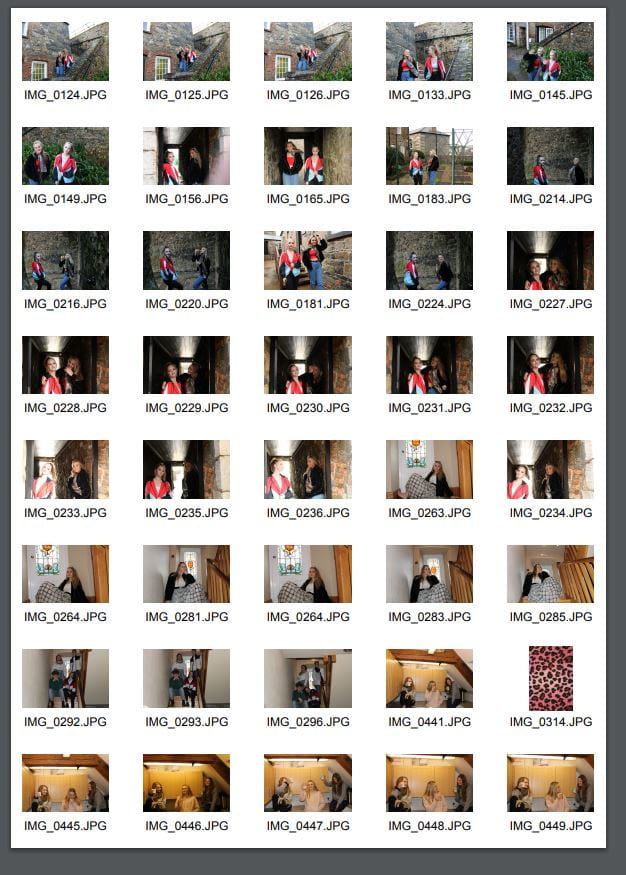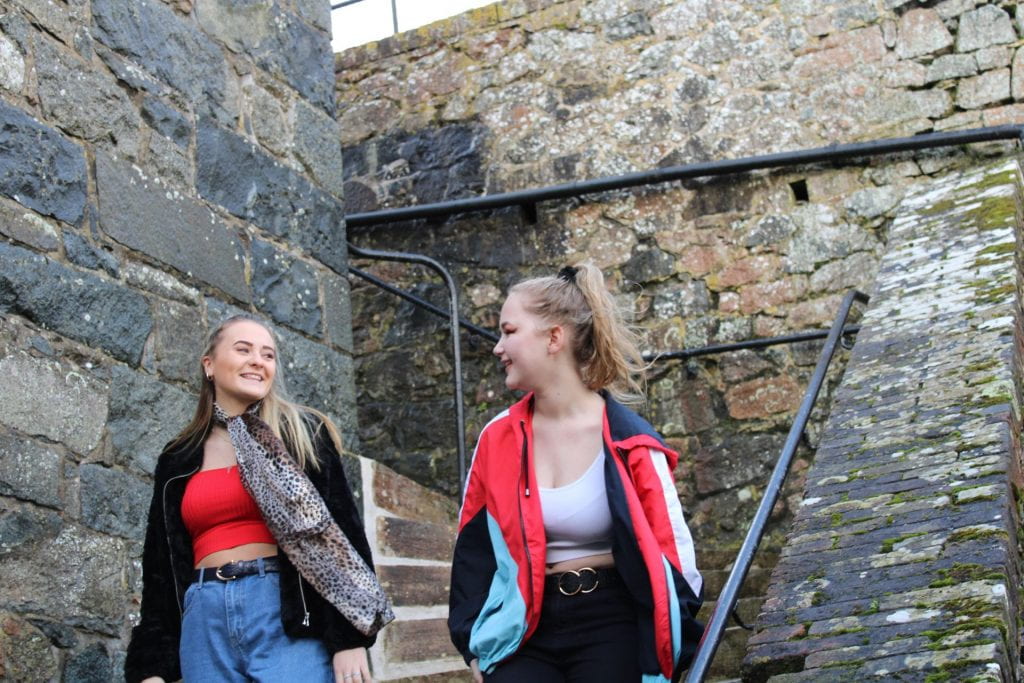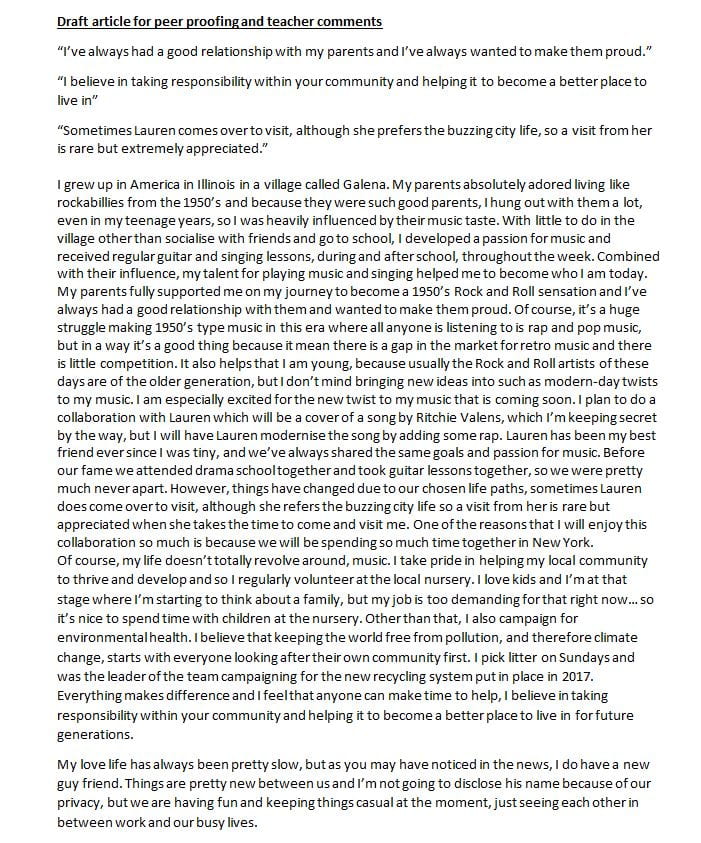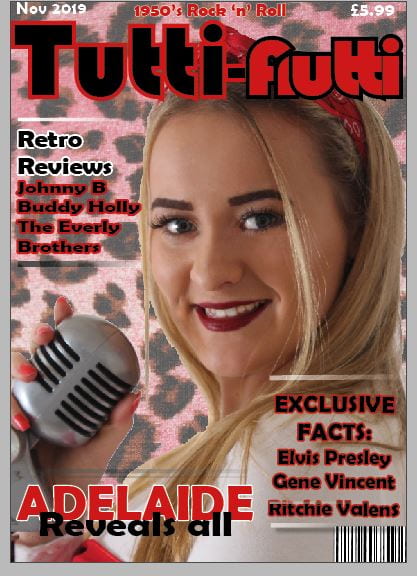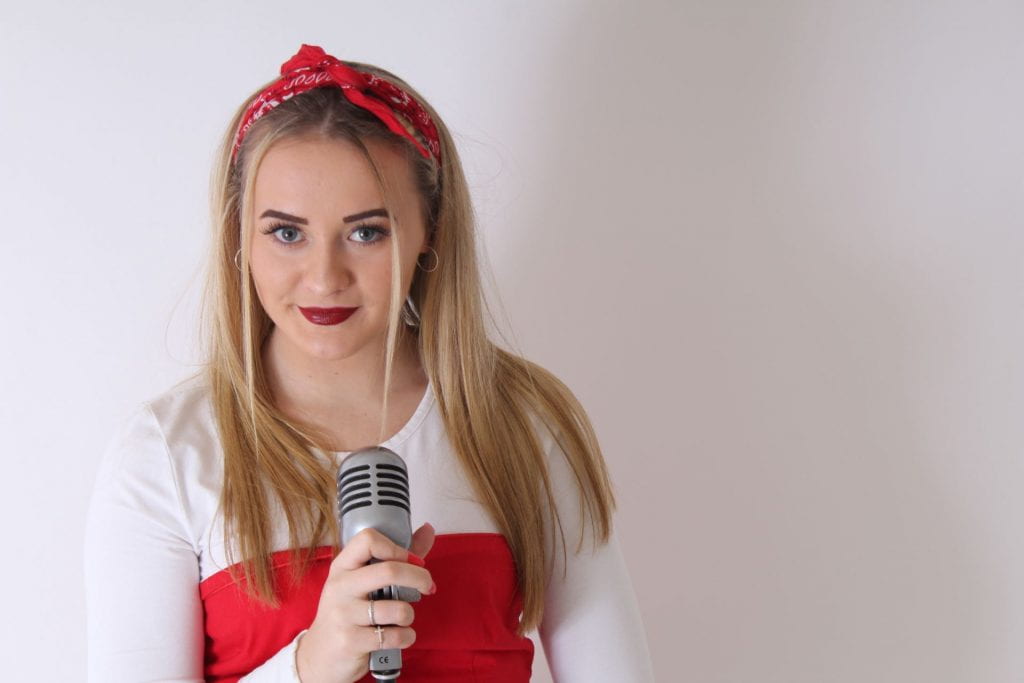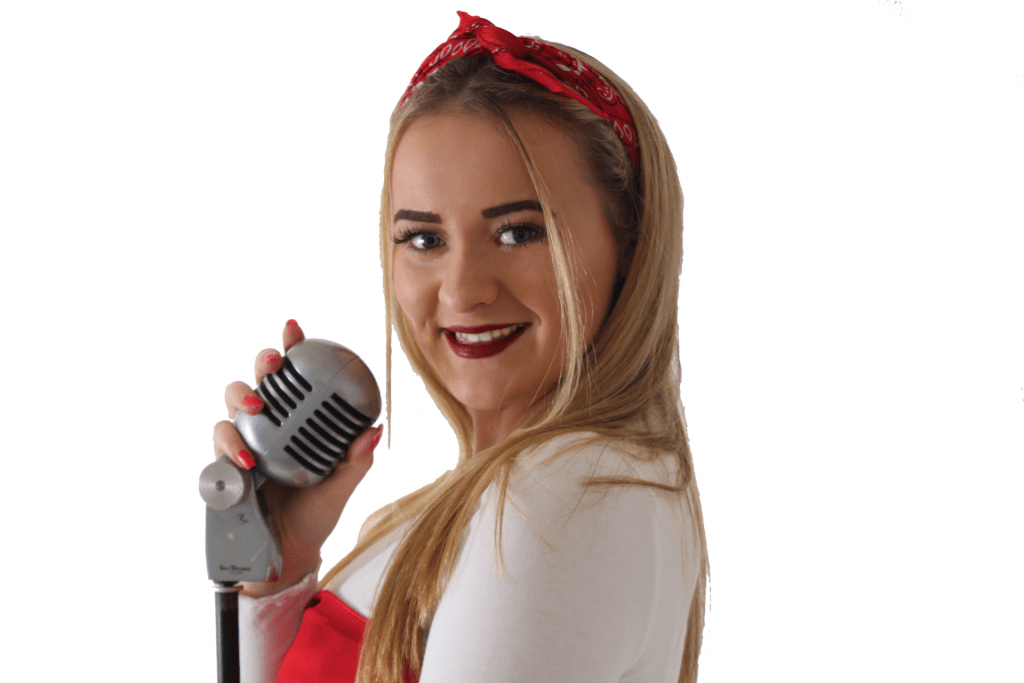In this task we had to chose one of one of seven double page spread articles offered below:
- Biography
- Intro to a long read.
- 10 Tips for Life
- Q&A
- New Band
- Album Reviews
- Interview
I decided to analyse the article “10 tips for life” by Wyclef Jean.
The article “10 tips for life” by “Q magazine” was written in September 2017 by Wyclef Jean and is about his ideas on how musicians should live their lives based on his own past experiences. It is written in the style of an autobiography and this can be seen because the author elaborates on short “commandments” he has written himself and draws on the knowledge he has gained from his own life lessons to give information to the reader. In the article the journalist is positioned as a silent listener as the reader doesn’t become aware of them due to the fact that it is an autobiography. This makes the author the center of attention in the audience eye and so they can be more focused on the advice he gives the reader. The article is written in the first person which helps the reader to relate to the author more and take in the information given more easily as they feel included in the writer’s life as a result of him directly sharing information with them. There is no clear introduction or conclusion in the article which is effective because it immediately draws the reader in to the main features and topic of the piece.
The reader, as a musician, gains life information and tips in the article to help them climb higher up the musical ladder. However, the information given can also apply to those who don’t play music. For example, the idea that karma comes and goes around can apply to everyone. Therefore, readers of all backgrounds will experience a gain of information. The tone of the writing is informal and relaxed which juxtaposes with the idea that the author is giving “commands” and “rules” for living as a musician. “It don’t have no colour, it don’t have no creed, no nothing-” the writer of the article uses triads on words to emphasise his point on how music is for everyone. At the end of the article the author compares himself to a hip- hop Amadeus using a simile to show how influential he is as a result of the rules he has set himself to follow throughout his life. The author also uses casual quotations when reminiscing is old event that had an impact on his life. For example: “Yo, can i sample this song.” The author uses these simple quotes to give evidence to his stories and keep the reader interested in his story. The author gives the impression that he is writing about multiple events in his life due to the fact that he refers back to recent events as well as the events that happened further back in the past about life lessons.
In conclusion, the journalist represents the star through the article “10 tips for life” as independent and knowledgeable because he draws upon his own experience in order to inform the reader. The journalist helps to centre the attention of the reader on what is being said by Jean by writing the article in first person.



